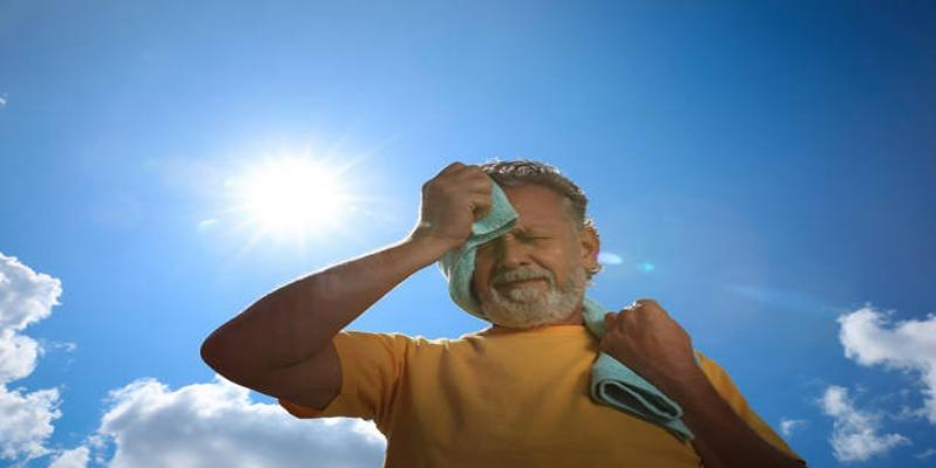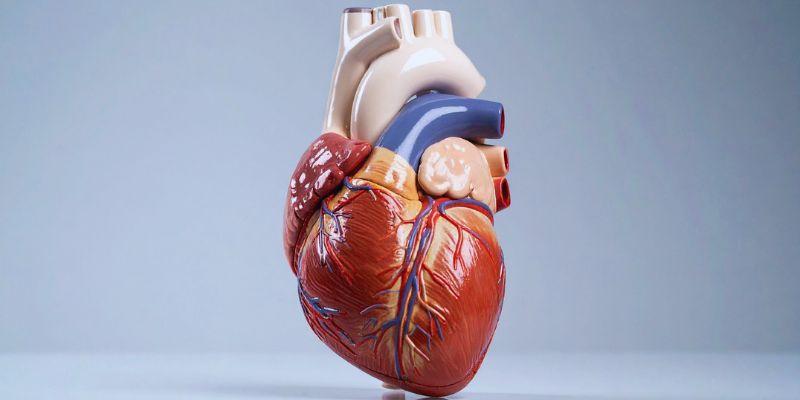Working in hot weather can be dangerous to the health without taking precautions seriously. This article will define average heat injuries, signs and symptoms and some easy tips to stay healthy and safe in the high temperature conditions you are working in. Be knowledgeable as a means of safety and health protection.
During extreme hot conditions, working conditions, it is important to know the various heat-related diseases to ensure safety. The various conditions have their own different symptoms and severity and hence require varied treatment and prevention methods. Among the most common illnesses caused by excessive body heat are listed below with their description of identification and responsive actions.
Heat cramps refer to burning muscle cramps, especially arms and legs, and stomach, because of excess loss of salts and water through heavy perspiration. These cramps tend to occur during intense exercise at hot conditions or soon after that exercise. Treat heat cramps with fluids that contain electrolytes, cool down and stretch with care the muscles involved.
Heat exhaustion occurs due to long-lasting exposure to any hot temperature, and sweating excessively, which leads to dehydration. It has profuse sweating, weakness, headache, dizziness, nausea, and fast pulse as their symptoms. At-home remedies are a move to a cooler environment, elevation of the legs, and the intake of cool beverages. Heat stroke has the possibility to result as a result of heat exhaustion when left untreated.

A condition whereby the body cannot maintain its temperature level and instead the body temperature rises rapidly is referred to as heat stroke. Disorientation, convulsions, and loss of consciousness, as well as a high body temperature (more than 103oF or 39.4oC) are symptoms. There is the need to have an urgent medical assistance. Contact help and move the person to a cool place, apply cold packs and do not give anything to drink in the event that he/she is unconscious.
Heat rash or prickly heat is an inflammation of the skin that resulted in excessive sweating. It appears as red spots of small blisters or pimples which are normally gathers around the skin folds or where clothing traps heat. Symptomatic treatments include cooling, keep the affected are dry and keep clean. Wear loose, loose-fitted clothing and prevent the formation of heat rashes.
Heat syncope is abrupt light-headedness or collapse when rising in the warm after warming up or some long time in the warm. It occurs when the blood pressure drops and insufficient blood flows to the brain. Heat syncope: Get in an air-conditioned room, lie flat, with legs elevated and take fluids. Slow adaptation to the heat will also reduce the chances.
Rhabdomyolysis is an acute illness resulting due to extreme heat exposure and overexertion which causes breakdown of muscle fibres and diffusion of muscle contents in the bloodstream. It can destroy the kidneys and result in life threatening complications. The symptoms involve pain, weakness of muscles, dark-coloured urine as well as tiredness. Immediate treatment is required This condition is to be avoided by remaining hydrated and not overworking.
Many of these illnesses caused by heat can be avoided by early detection and early intervention. Be on the watch-out of the following symptoms:
To prevent the negative impact of severe heat on your body, it is critical to learn and follow important precautionary measures. Simple precautions or taking safety efforts can be applied at high temperature situations to minimize the risks and make safety possible. Here are some important measures you can take to be stay safe.

It is important to consume a lot of water on a daily basis particularly during the hot weather. It is also necessary to drink beverages regularly even when not feeling the desire to do so to avert dehydration. Avoid drinks such as caffeine that will further aggravate dehydration. Additionally, electrolyte restored beverages may also be used following an exercise when one has been sweating a great deal. To the extent possible, carry a refillable water bottle to ensure there is water handy at all times throughout the day.
Some items that will help you cool your body include lightweight and loose-fitting light-colored clothing. Use breathable materials such as cotton that has a greater airflow. Sunscreen will keep your skin safe in case of sunburn, and special wide-brimmed hats and UVA resistant sunglasses are additional protective gear against the sun! Also, don\ croquot volIVCTION aging to reapply the sunscreen every two hours, especially when outdoors most of the day or when sweating.
When planning outdoor activities, do it at cooler hours of the day; early in the morning or late at night. During the hottest periods of the day remain in air conditioned or shaded locations. Take as much breaks as possible when creating long-term stays on the outside and pay attention to what your body is telling you to prevent overworking. Following heat warnings and weather alerts and being mindful of them can also assist in making better plans and making fewer risks.
Although not particularly dangerous on their own, heat-related injuries can develop rapidly unless managed in time and hence it is vitally important to be aware of possible warning signs and react promptly. Some of the significant primer steps to administering first aid in various circumstances that are brought about by excessive exposure to heat are listed below.
Heat exhaustion may be described as an extreme sweating, exhaustion, nausea and dizziness. When a person has such symptoms, take him/her to a cooler place as soon as possible. As encouragement, they should drink water or an electrolyte drink. Take off any tight clothes and put cool, wet cloths on the skin/body. Avoid feeding them caffeinated drinks, which may make their cases of dehydration even more intense.
Heat stroke is a dangerous disorder that heads to the emergency. Symptoms are a high temperature (more than 103 degrees F), confusion, an increased pulse rate, and failure to sweat despite heat. Move the victim to a cold area and call in emergency services at once. When waiting to be helped, offer coolers with wet fabric or ice packs or a cool bath. It is important not to give them any liquid to consume unless they can do so contents and with awareness.
Outdoor work in a hot-weather area demands careful attention, planning and knowledge of the dangers of intense heat. By being aware of the warning symptoms of heat-related injuries (cramping, fatigue, and heat stroke), you can quickly address them to avoid serious harm to yourself and/or others. Preventive aspects, such as hydrating, wearing cool clothing and staying out of the hottest times of day are important aspects that can make a world of difference. Immediate first aid and prompt clinical intervention when it arises has the capability to save the life.
 TOP
TOP
If you still believe that women don’t get heart diseases or that only older people can have heart diseases, you are wrong
 TOP
TOP
How building wealth is possible at any age with practical strategies that focus on consistent habits, smart choices, and long-term thinking
 TOP
TOP
Start making the most of your 401(k) today and secure a stronger financial future. Learn how timing, employer matches, and smart contributions can improve your retirement
 TOP
TOP
How financial aid for college works—from grants and scholarships to loans and work-study programs. Get clear, practical guidance for every funding option
 TOP
TOP
Discover 5 unique horse races that take place around the world, blending speed, thrill, and stunning cultural locations.
 TOP
TOP
Discover how Easter is celebrated across countries, from egg rolling to water fights, offering joy through local traditions.
 TOP
TOP
Explore North Wales’ most breathtaking gardens, from serene floral paths to hillside greenery with sea views.
 TOP
TOP
Wondering if it’s the right time for a loan? Learn how rates, timing, and your finances impact the decision.
 TOP
TOP
Discover the top reasons to pay credit card bills on time and how it safeguards your credit, money, and peace of mind.
 TOP
TOP
Uncover the best experiences in Rome, Italy, with this essential guide. Walk through ancient ruins, explore piazzas, visit historic churches, and get to know the Eternal City at your own pace
 TOP
TOP
Discover the best places to stay in Nashville, from lively downtown hotels to charming neighborhood rentals. Explore top areas suited for music lovers, families, and anyone seeking the perfect Nashville experience
 TOP
TOP
Thinking about a lease buyout? Learn how to evaluate your options, compare costs, and decide whether keeping your vehicle is the right move. Understand the financial side before making your next step